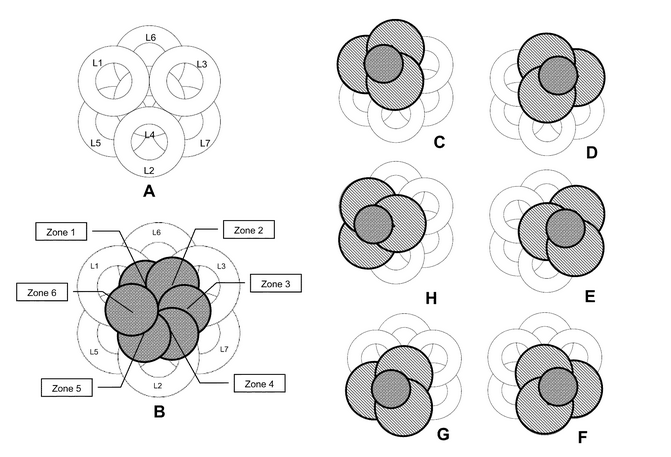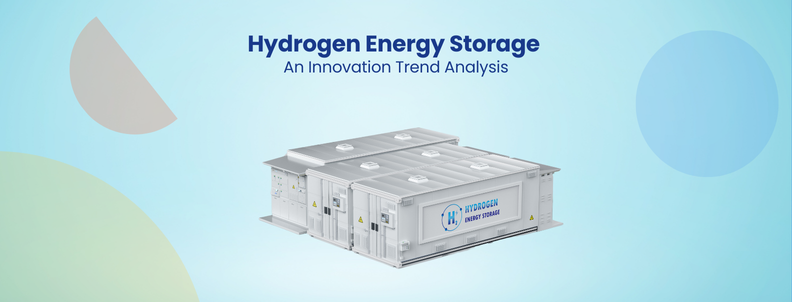Note – The technology and client name have been modified to maintain confidentiality.
Peter, a senior R&D manager at one of the fortune 500 companies were researching in the domain of wireless charging and was looking for solutions to improve the capability of wireless chargers. Precisely, he was focusing on improving alignment issues in a wireless charger.
In general, many wireless chargers work effectively when the coil of the wireless charger and mobile/portable device are well aligned with each other, thus reducing losses. In order for an efficient power transfer to happen, the transmitting coil must be aligned with the receiving coil.
One way is to use a bundle of transmitting coils in the charging station. However, this method is not efficient as it requires the use of more energy to power additional coils. In the pursuit to make the charger more effective, instead of going through his routine process, Peter thought of trying out R&D solutions from GreyB. All he had to do was share his problem with us.
We explored for the solutions, combing through the information haystack and kept him at ease from this time-consuming task. With the client’s permission, we have shared below a few solutions identified during the analysis.
1. An inductive charging system where a ferrofluid layer is disposed between the charging coil and the receiving coil. The ferrofluid layer directs and focuses the magnetic flux field flowing between the charging coil and the receiving coil, thus, reducing the cross-coupling of magnetic fields. A ferrofluid consists of ferromagnetic particles that are suspended in a liquid allowing the ferromagnetic particles to move freely in the liquid. When the magnetic transceiver and receiver coils are placed adjacent to the ferrofluid, the ferromagnetic particles will move preferentially to the areas with the highest magnetic flux. The ferrofluid thus provides a bridge between the transceiver and receiver coils which focuses and channels the magnetic flux between the coils. This creates a preferential path for the magnetic flux to travel between the two coils and reduces the losses to the rest of the system.
2. In another solution, we proposed an improvement in wireless charger having a bundle of transmitting coils. Here, the transmission coil is activated selectively on the basis of the position of the receiving coil. In detail – an array of coils can be selectively energized to provide power to one or more devices on a charging surface. Due to the selectable nature of the coil array, different combinations of coils can be energized to intelligently shift the location of the magnetic field on the charging surface. Thus, catering to alignment problem and saving energy wastage through selective action of coils.
Please refer to below diagram for more clarity-
 As shown in the image, there are 6 different zones that can be activated for wireless charging. Depending on the position of the device to be charged the combination of coils can be activated.
As shown in the image, there are 6 different zones that can be activated for wireless charging. Depending on the position of the device to be charged the combination of coils can be activated.
After receiving the output, Peter also requested to receive a monthly update on solutions being developed to keep a track of the latest happenings.
He shared that receiving such updates from GreyB has not only helped him to save his time but has also led him to experiment with various solutions to understand their efficacy. Additionally, he mentioned that he wasn’t expecting that getting a solution would become so easy and fast, contrary to the huge amount of time he and his team were spending earlier, where they used to browse through a huge pool of information, sifting the appealing content, and then reaching the final stage of experimenting.
Exact words from the client –
With GreyB’s R&D solution my effort shrunk to 1/10th and I quickly checked the filtered and easy to consume output.
PS: If you are researching in the wireless charging domain and looking for solutions to problems like (but not limited to) those mentioned below, then do reach out to us using the below form. We could be of great help.
- How to reduce the size of wireless chargers?
- How to control the heating problem?
- How to increase distance for wireless charging without affecting living beings with radiation?
- How to control energy losses?
- How to successfully implement multi-device charging?
Authored by: Shikhar Sahni, AVP, Operations.










